Chris Shaw’s ’Night Porter’ meets Daido Moriyama’s demimonde photography at Tate Britain
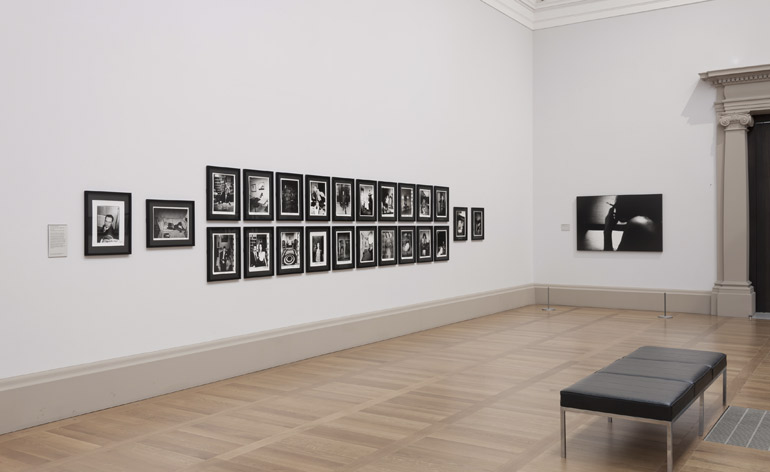
By his own admission, the British photographer Chris Shaw used to like a drink. Drinking would take him places. He went to get the papers one morning in 1993 and came back two weeks later. In the meantime, Shaw's girlfriend, patience exhausted, had changed the locks to their flat. She had also, it turns out, flogged his Leica camera. He needed money and somewhere to live, so a job at a hotel seemed the perfect solution.
So began a decade-long stint as a night porter in a number of hotels in London, Paris and New York, prestigious and less so. After four years of routine dismissals, one for falling asleep on the job, Shaw began taking pictures to keep himself awake. By 2000 he had sobered up and collected a bin bag full of undeveloped film. He worked through them. He had shot guests and staff, the tired and bored, drunks and hookers. Shaw shot in black and white and did his own developing.
At first accidentally, and then deliberately sloppy, he added stains and thumbprints, amped up the grain and contrast and added something physical. The results were sometimes funny but often unsettling; reports from a world of off-kilter biorhythms and bad behaviour, out of synch and unregulated by daylight. Shaw added his own captions, scrawled along the borders of the shots.
Shaw's night porter stint, if unplanned, provided the source material to match his (drink delayed) ambitions. In the early 1980s he had discovered the work of Daido Moriyama, Ikko Narahara and Japanese photographers of the Provoke school. They shot in black and white, had a preoccupation with the demimonde and printed their own pictures, in a rough and ready fashion. And they made Shaw want to do something similar.
Shaw's hotel pictures were collected in his 2007 book 'Life as a Night Porter' and brought him international attention. It is the diary of a decade of darkness, on all sorts of levels, in a dark place. The images resemble nowhere you've ever stayed, unless you frequent the hotel in Murakami's 'Dance, Dance, Dance', where the Sheep Man lives with the dark closing in.
'It is a hotel of my own imagination,' Shaw says. 'In reality, the hotels bear little resemblance to my pictures. It depends how you look at things. In my experience, heaven and hell are right here on earth - and you can stay in either.'
The Tate has aquired around 90 of Shaw's prints for the permanent collection and a new exhibition at Tate Britain, curated by Simon Baker and Helen Delaney, makes clear the link between Shaw and Moriyama in particular. It brings together the Night Porter series, as well as Shaw's earlier 'Sandy Hill Estate', shot on a housing estate near Aldershot in the mid 1980s, and the more recent 'Weeds of Wallasey', unpeopled shots of post-industrial neglect on the Wirral Peninsula where he grew up. There is also a selection of Moriyama works from the early 1970s.
'For me, photography is a very dirty and rough process; and stains, marks, blurs, rough edges, writing are all a part of it,' Shaw says. 'It's about the physical connection, which photographers don't really have any more.' Here other connections are made.
'Weeds of Wallasey' was recently published by Super Labo, while 'Sandy Hill Estate' is due out in the new year.
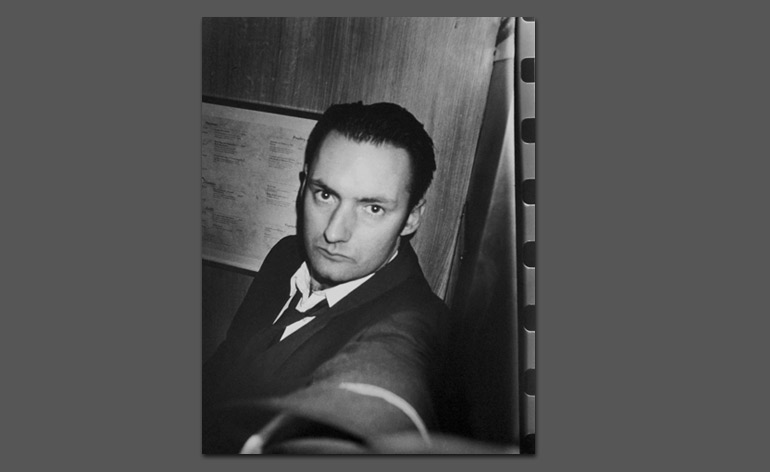
'Keep at Arms Length' from Chris Shaw's series 'Life as a Night Porter' 1995
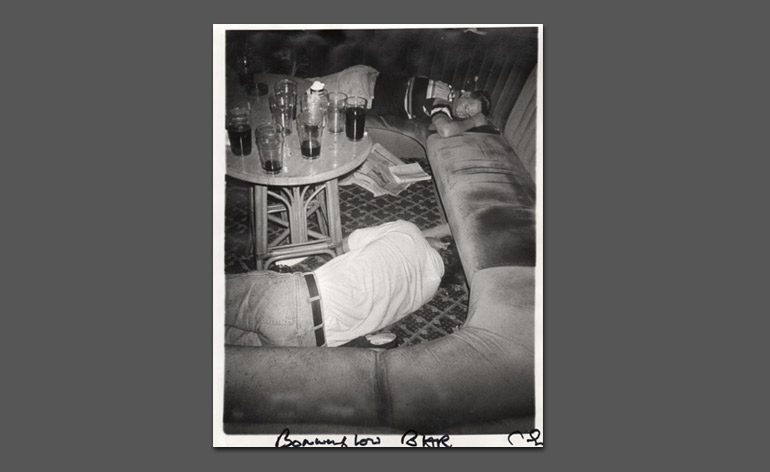
The aftermath: a scene from Chris Shaw's 'Life as a Night Porter' series 1993-2003
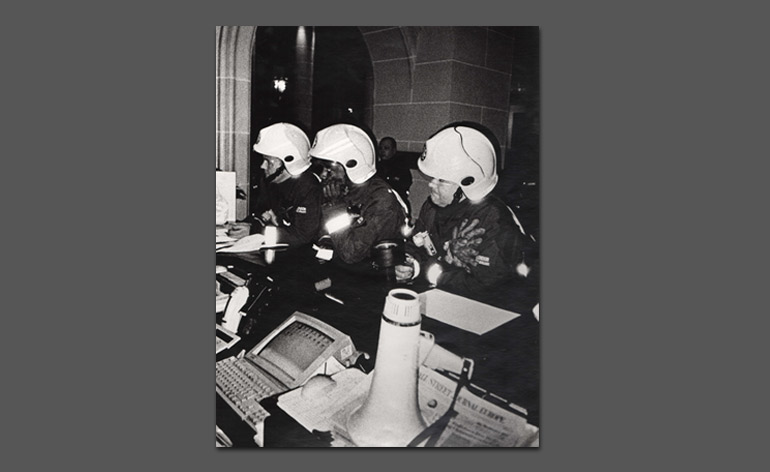
Just a typical evening in Chris Shaw's 'Life as a Night Porter' series 1993-2003
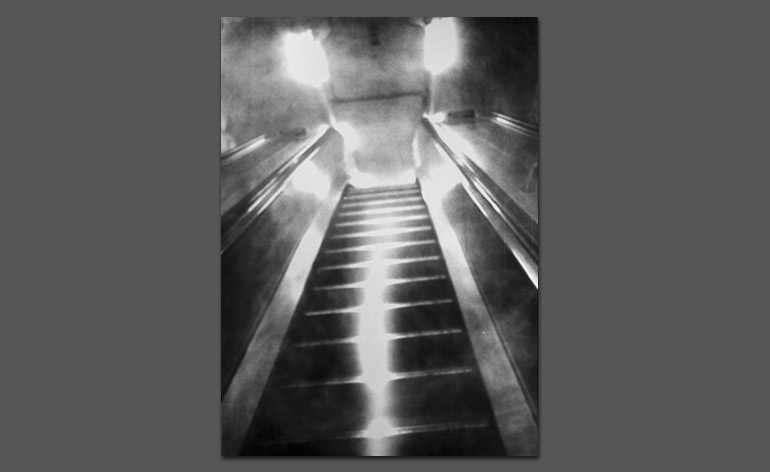
Going up: 'The night porter and his higher power on their way home from work' from Chris Shaw's 'Life as a Night Porter' series 1993-2003
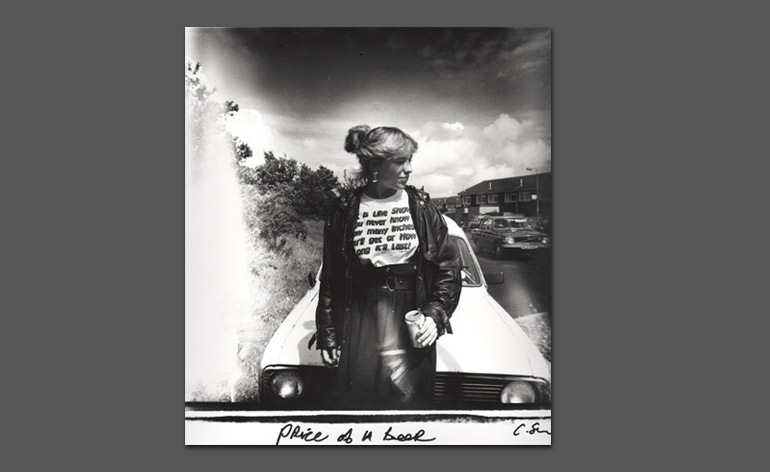
The show also features Shaw's earlier work: 'Sandy Hill Estate' and the more recent 'Weeds of Wallasey' series. This photograph titled 'Price of a Beer' is from Shaw's 'Sandy Hill Estate' series (1986-89), shot on a housing estate near Aldershot
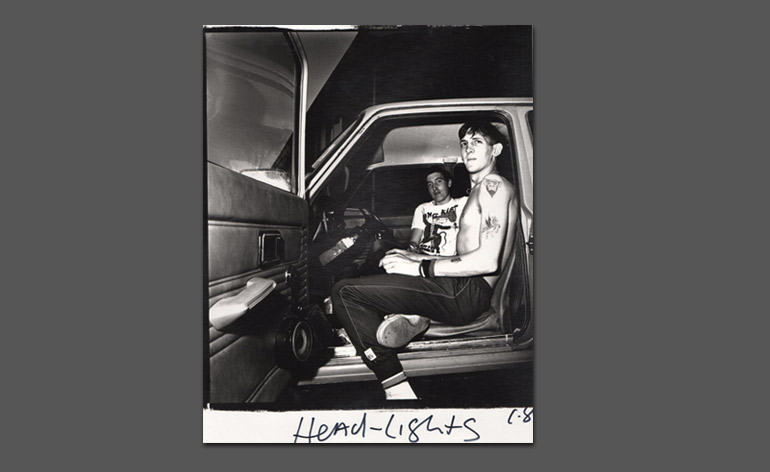
'Head Lights' from Chris Shaw's 'Sandy Hill Estate' series (1986-89)
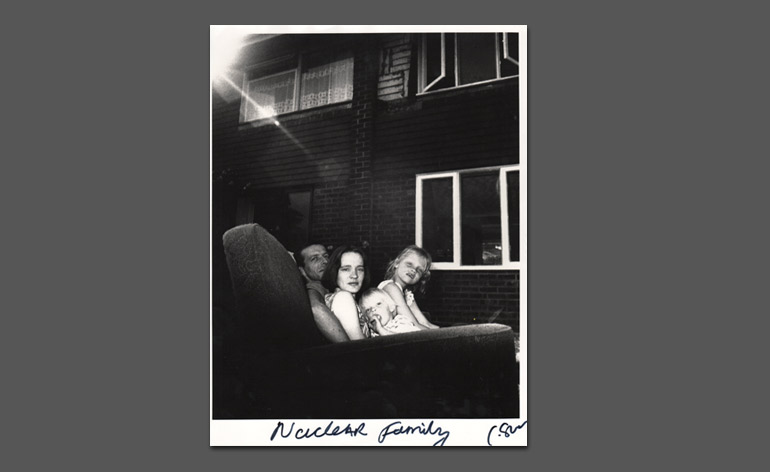
Chris Shaw's 'Nuclear Family' from his 'Sandy Hill Estate' series (1986-89)
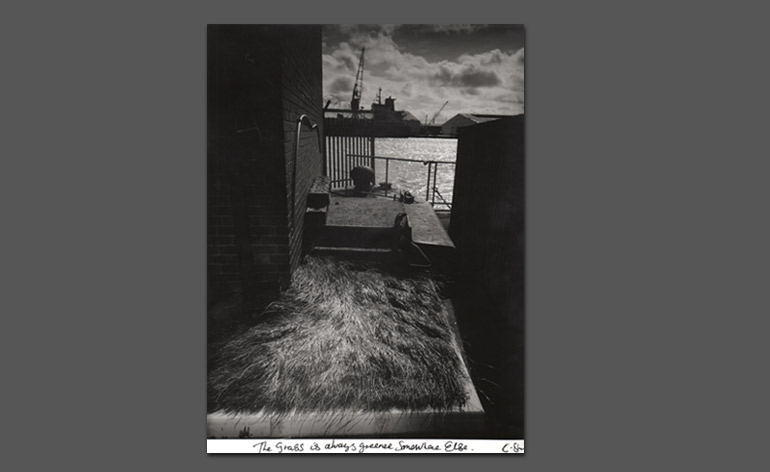
'The Grass is Always Greener Somewhere Else' from Chris Shaw's 'Weeds of Wallasey' series (2007-2012) that features shots of post-industrial neglect on the Wirral Peninsula where he grew up
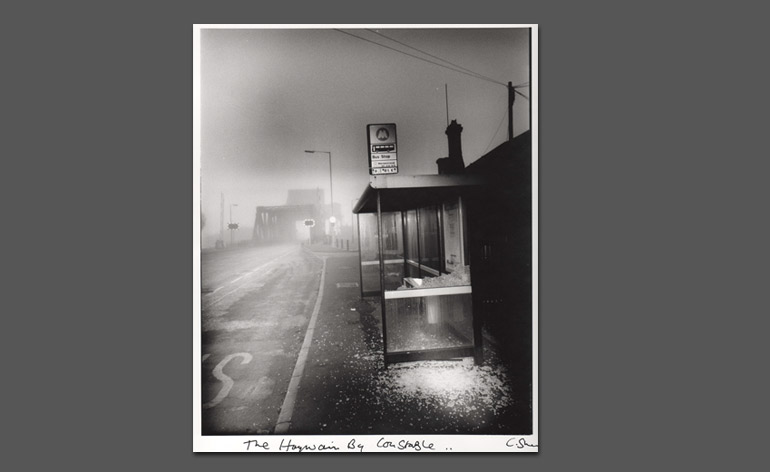
'The Haywain by Constable' from Shaw's unpeopled 'Weeds of Wallasey' series (2007-2012)
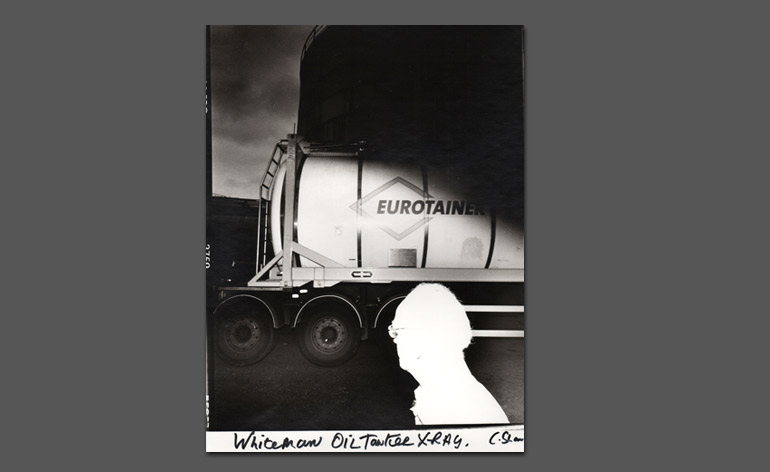
'Whiteman Oil Tanker X-Ray' from Chris Shaw's 'Weeds of Wallasey' series (2007-2012). 'For me, photography is a very dirty and rough process; and stains, marks, blurs, rough edges, writing, are all a part of it,' Shaw explains

Shaw's work is presented alongside a selection of images by Daido Moriyama. Shaw discovered Moriyama's work in the early 1980s and it inspired his 'Life as a Night Porter' series
ADDRESS
Tate Britain
Millbank
London SW1P 4RG
Receive our daily digest of inspiration, escapism and design stories from around the world direct to your inbox.
-
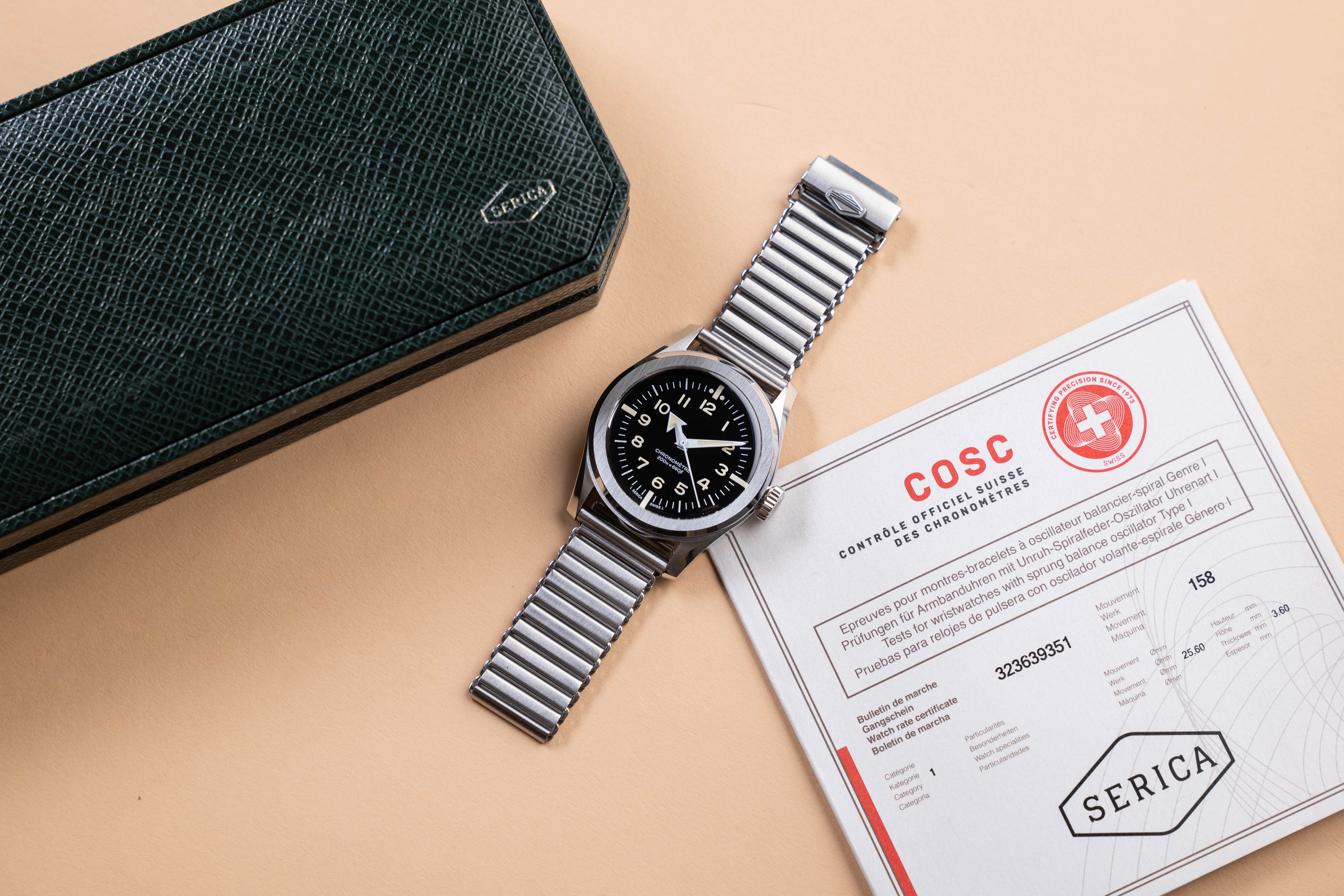 Click to buy: how will we buy watches in 2026?
Click to buy: how will we buy watches in 2026?Time was when a watch was bought only in a shop - the trying on was all part of the 'white glove' sales experience. But can the watch industry really put off the digital world any longer?
-
 Don't miss these art exhibitions to see in January
Don't miss these art exhibitions to see in JanuaryStart the year with an inspiring dose of culture - here are the best things to see in January
-
 Unmissable fashion exhibitions to add to your calendar in 2026
Unmissable fashion exhibitions to add to your calendar in 2026From a trip back to the 1990s at Tate Britain to retrospectives on Schiaparelli, Madame Grès and Vivienne Westwood, 2026 looks set to continue the renaissance of the fashion exhibition